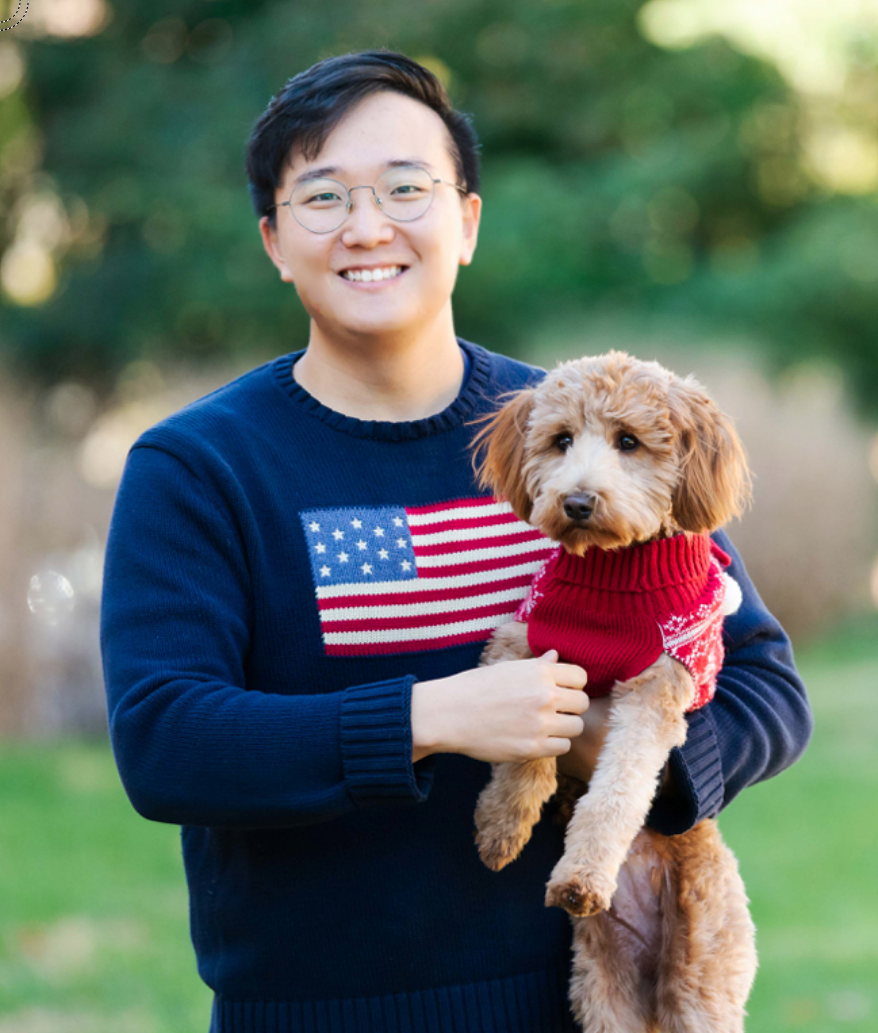This project is titled Retrieving runoff in ungauged basins using satellite observations of rainfall and soil moisture
Estimating runoff flux within ungauged regions (also called the Prediction in Ungauged Regions; PUR), has long posed a challenge for hydrologists. Recently, various machine learning (ML) approaches to PUR using remotely sensed data sets have been tested; but the focus of ML-based models is mainly on the prediction accuracy of the models rather than understanding the relationship among hydrologic variables and uncertainties in predictor variables. However, understanding the impact of uncertainties in satellite observations is critical for improving our knowledge of surface runoff (Q) processes, and eventually can help us solve PUR problems by utilizing different modeling approaches (e.g., the water balance model, ML models, and land surface models).
The water balance equation (WBE) is an essential tool in understanding the partitioning of precipitation (P) flux into various hydrologic fluxes such as surface soil moisture (SM), evapotranspiration (ET), drainage (D), Q, and changes in water body levels (dS). Several WBE approaches have recently been proposed for inverting time series estimates of SM to constrain ET, P and D estimates. However, these approaches commonly neglect Q, either to simplify the equation or because they lack reliable information regarding Q in ungauged basins. Unfortunately, ignoring the Q term in WBE during storm event(s) can lead to an erroneously high values for the residual term in WBE and therefore hamper hydrologic inference using WBE approaches.
Here, we investigate the retrieving Q in ungauged using only SM and P times series and an assumption of perfect rank correlation between storm-scale Q/P (runoff coefficient) and SM. We will then apply Bayesian multiple regression (BMR) models to calibrate WBE model parameters. In order to establishing a theoretical upper limit on the observability of Q from SM and P times series, the impact of (potentially) poor SM retrieval frequency and precision obtained from sun-synchronous microwave satellite systems (e.g., Soil Moisture Active Passive and Soil Moisture Ocean Salinity) will be explored using synthetic model environments. Finally, different regulations in prior distributions in BMR models will be discussed.
